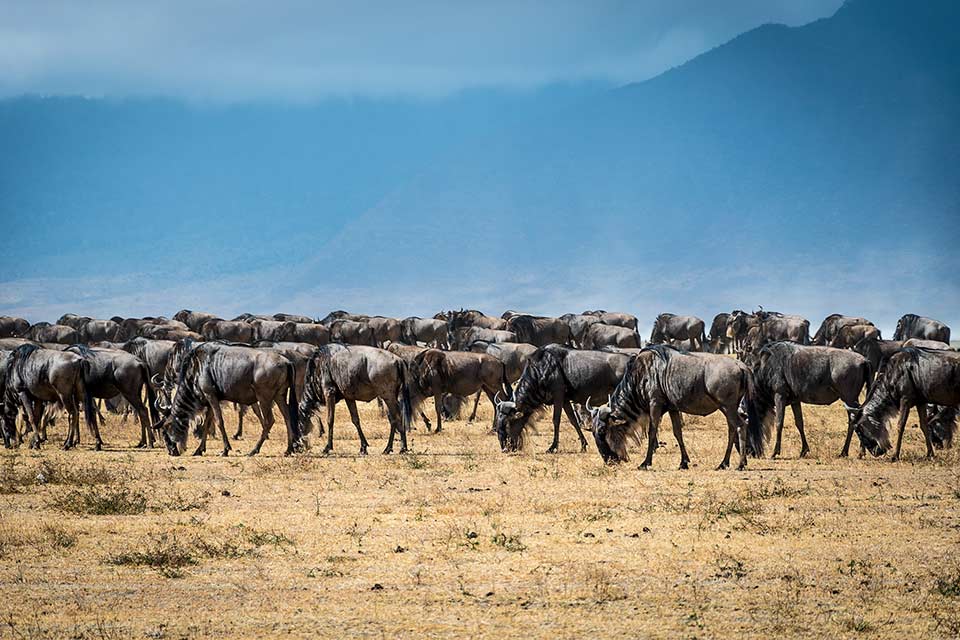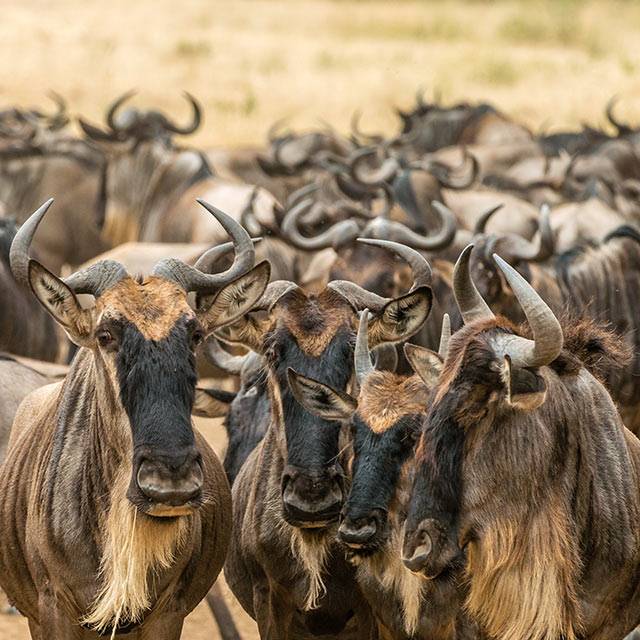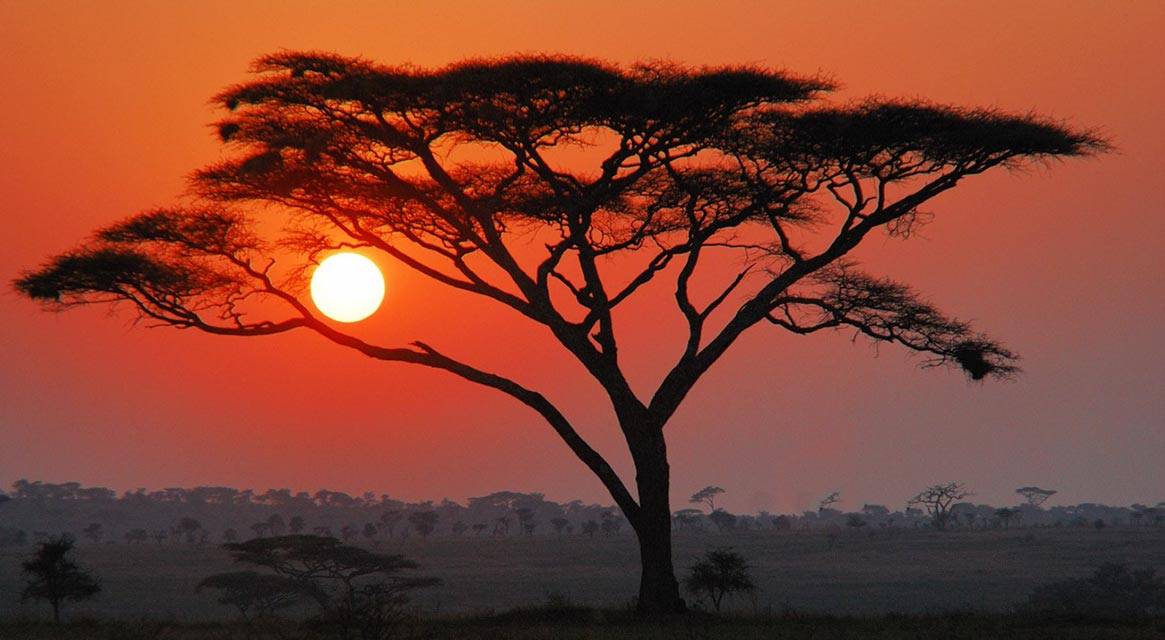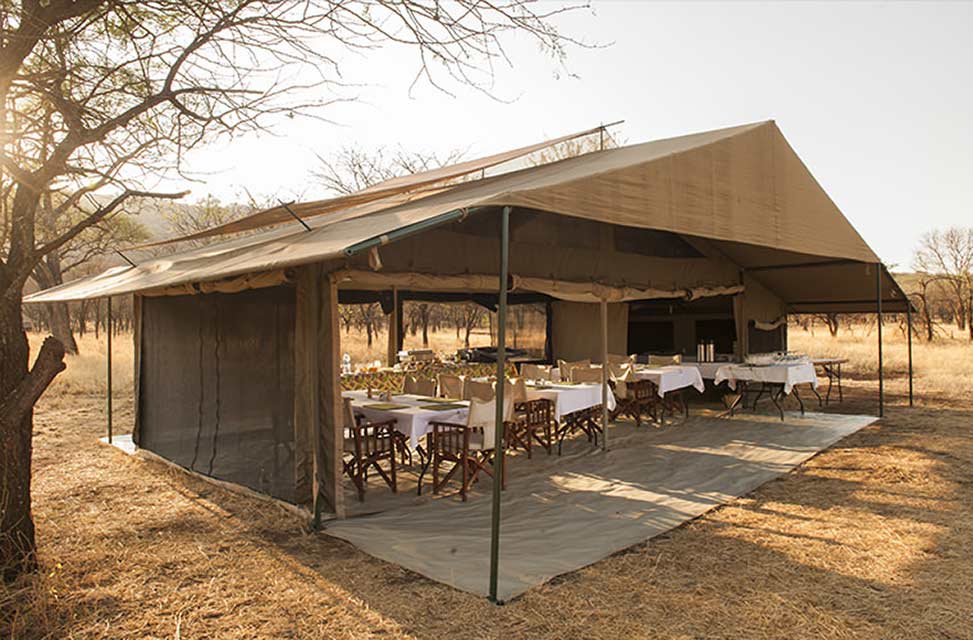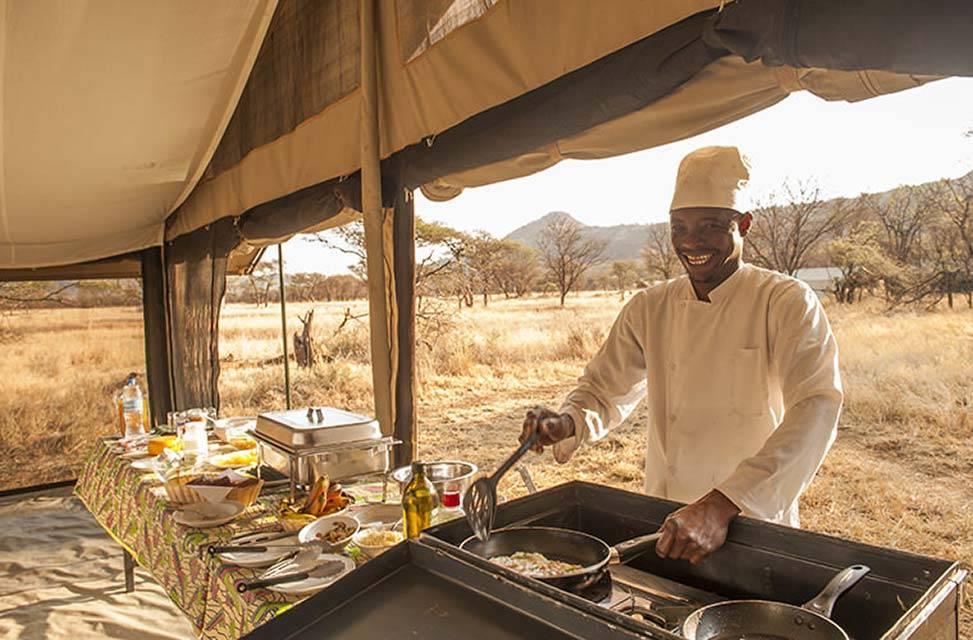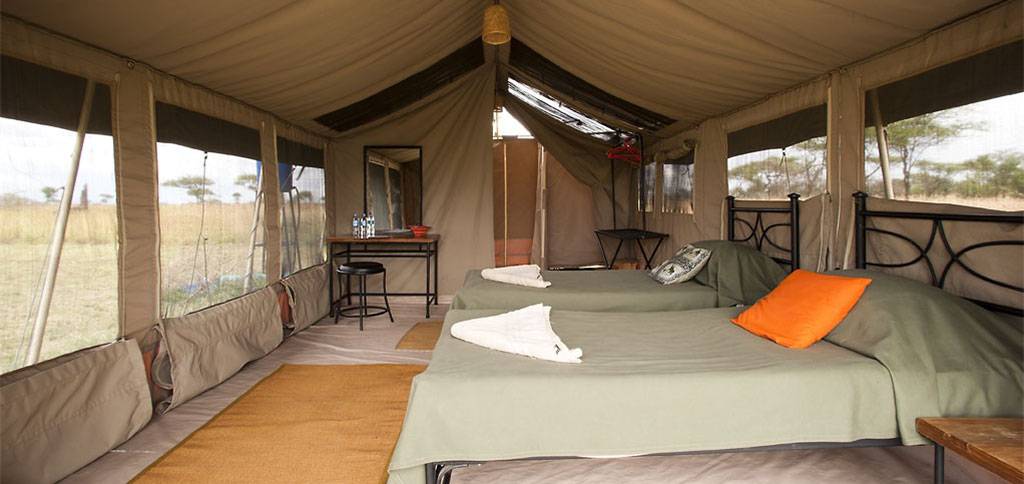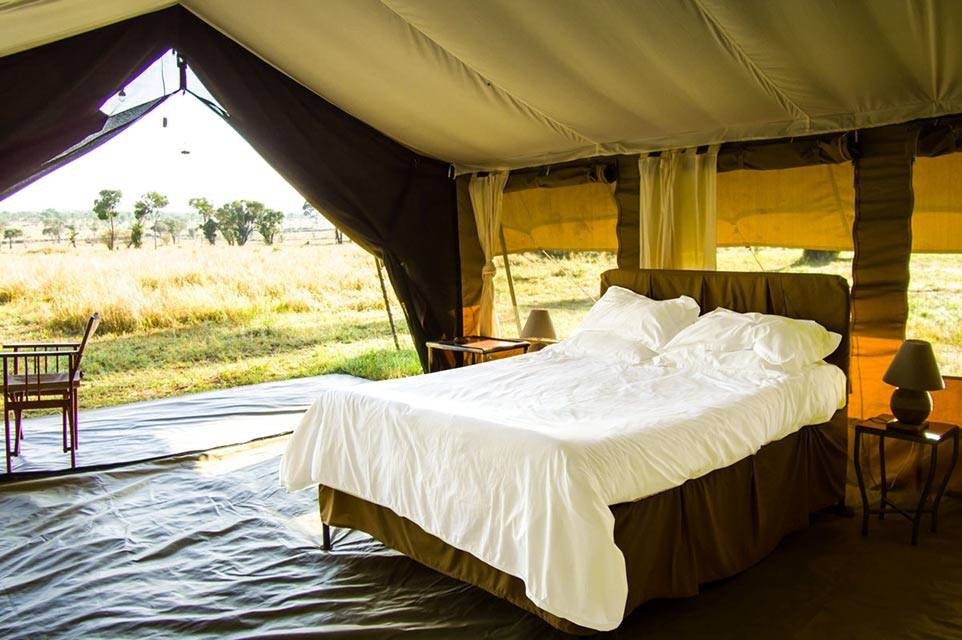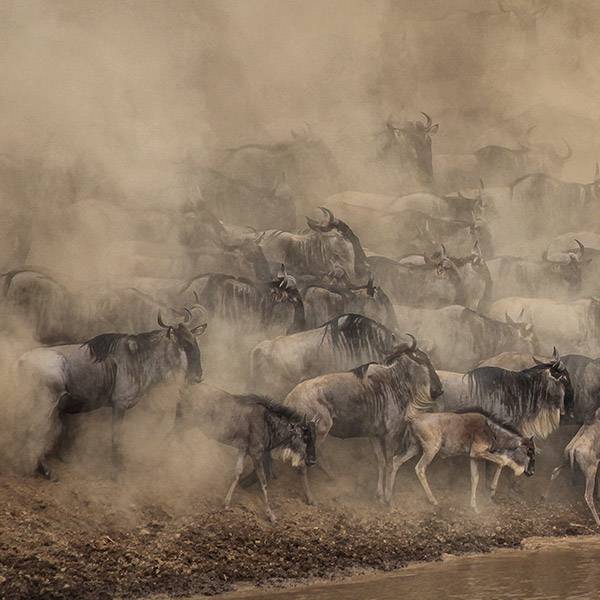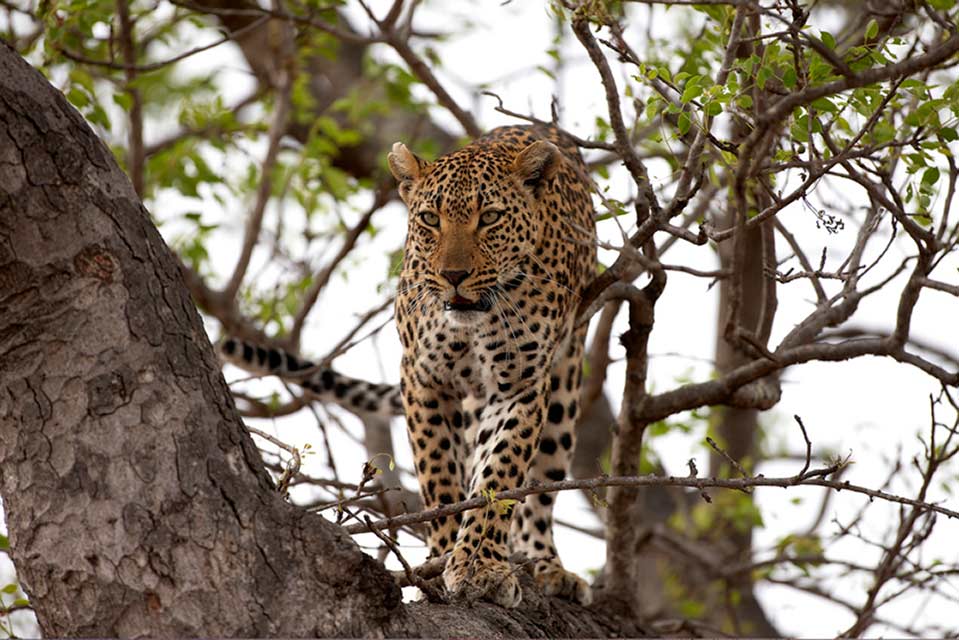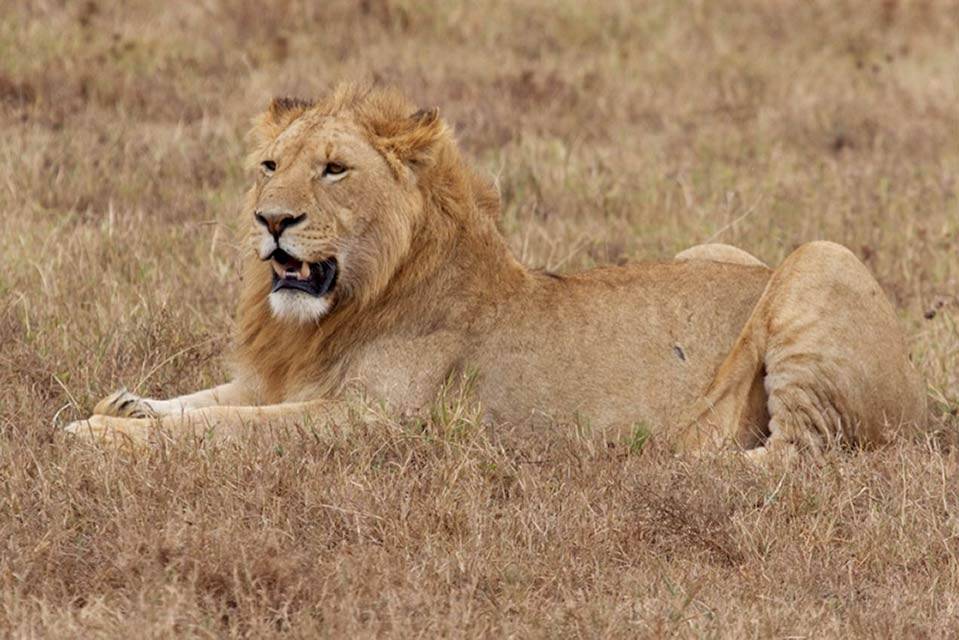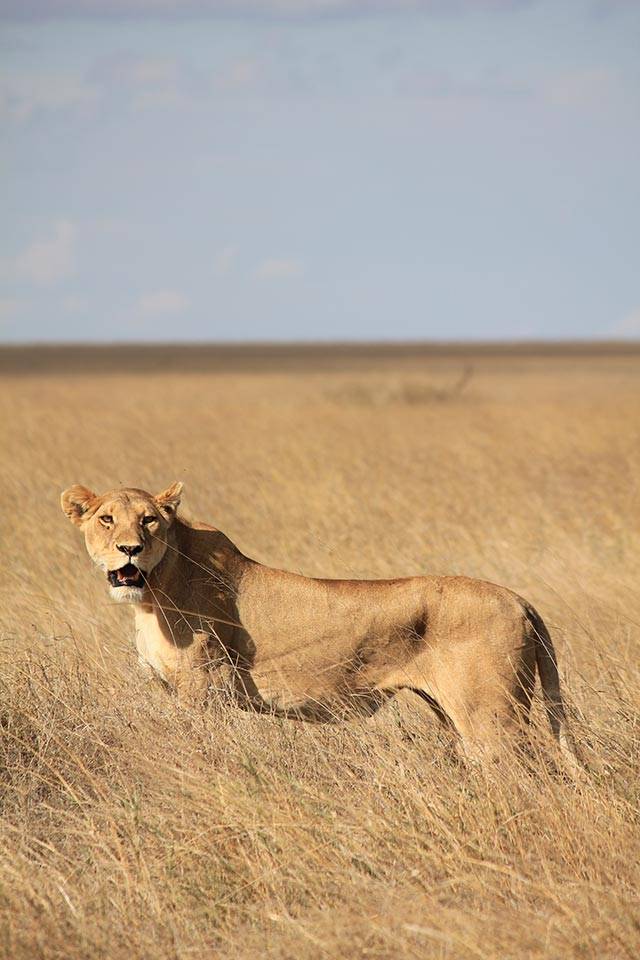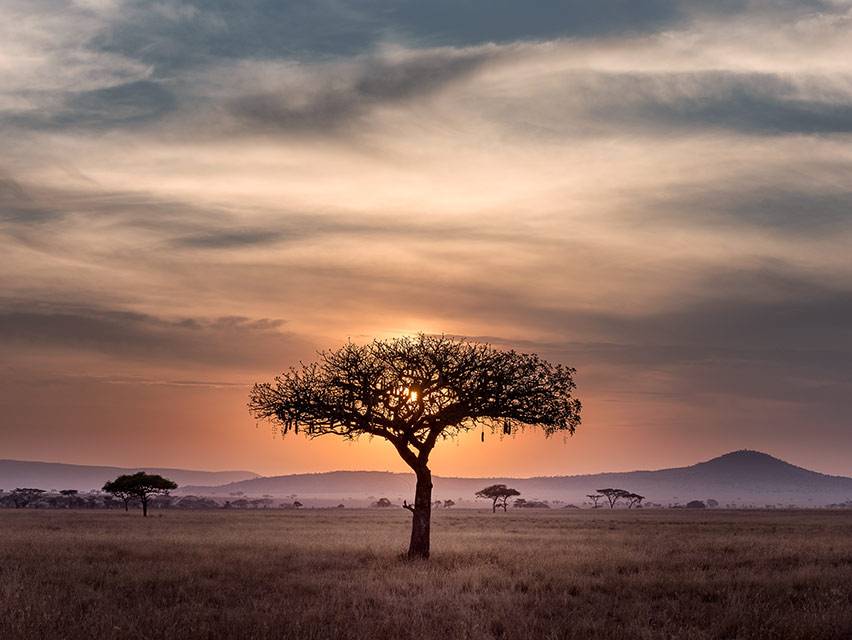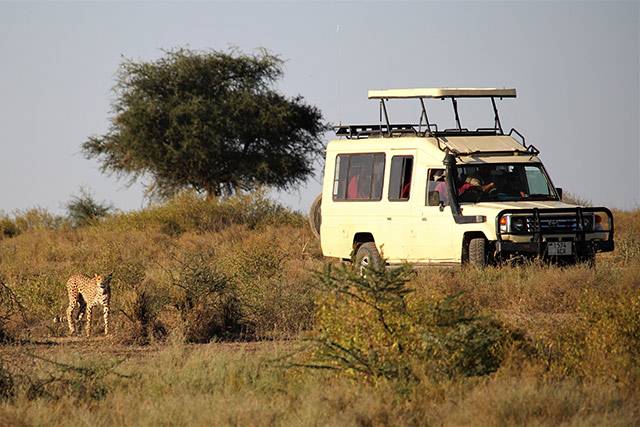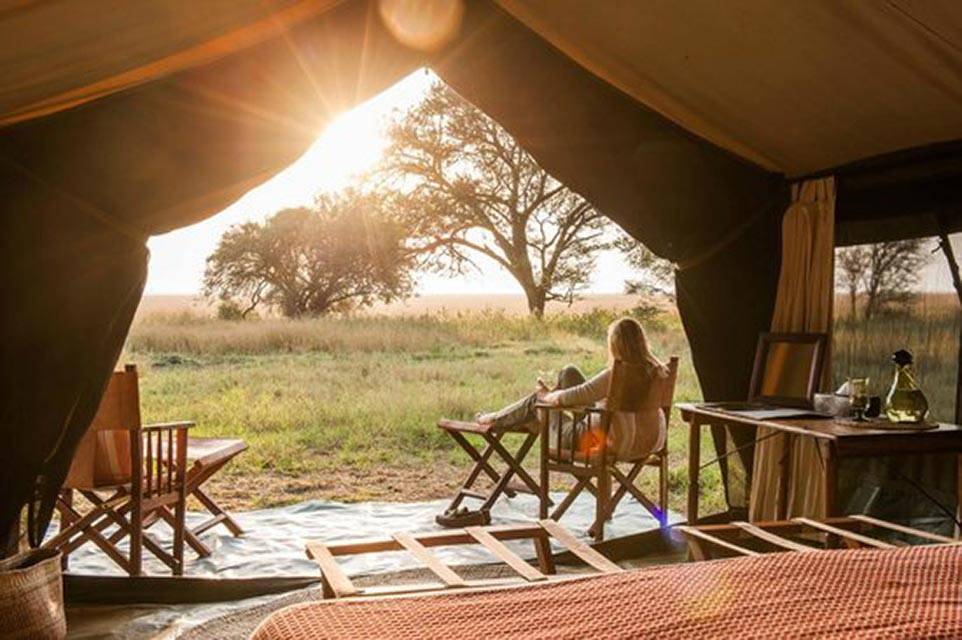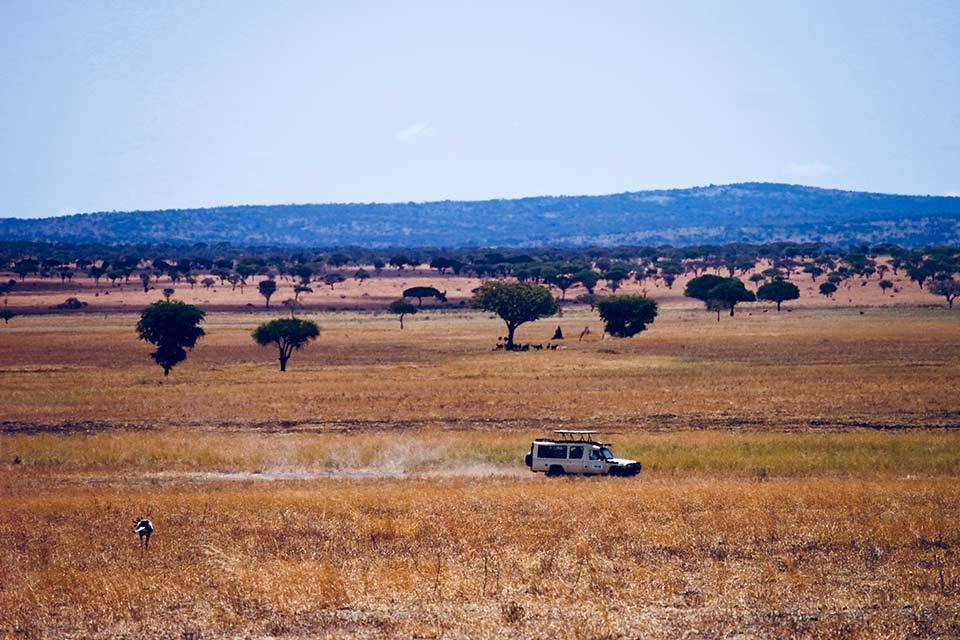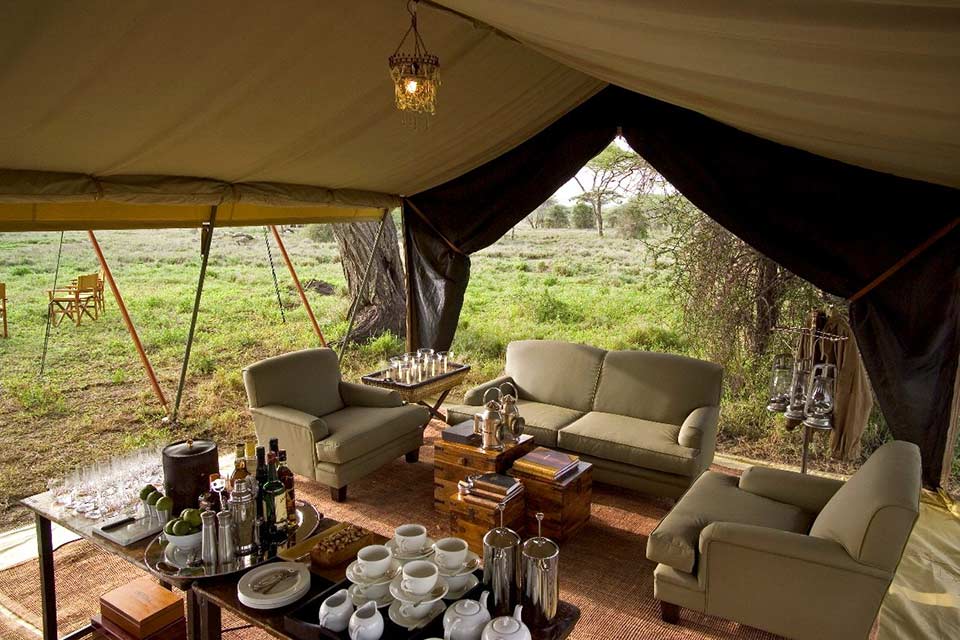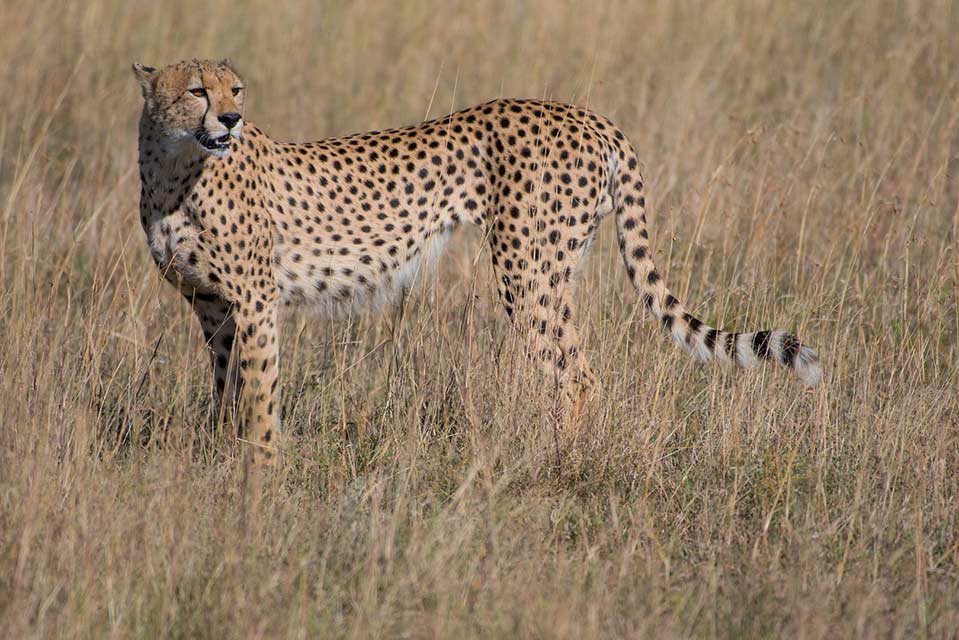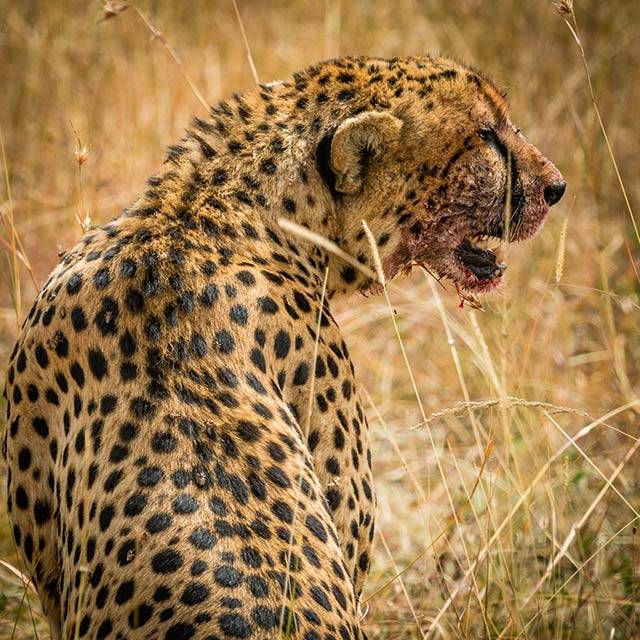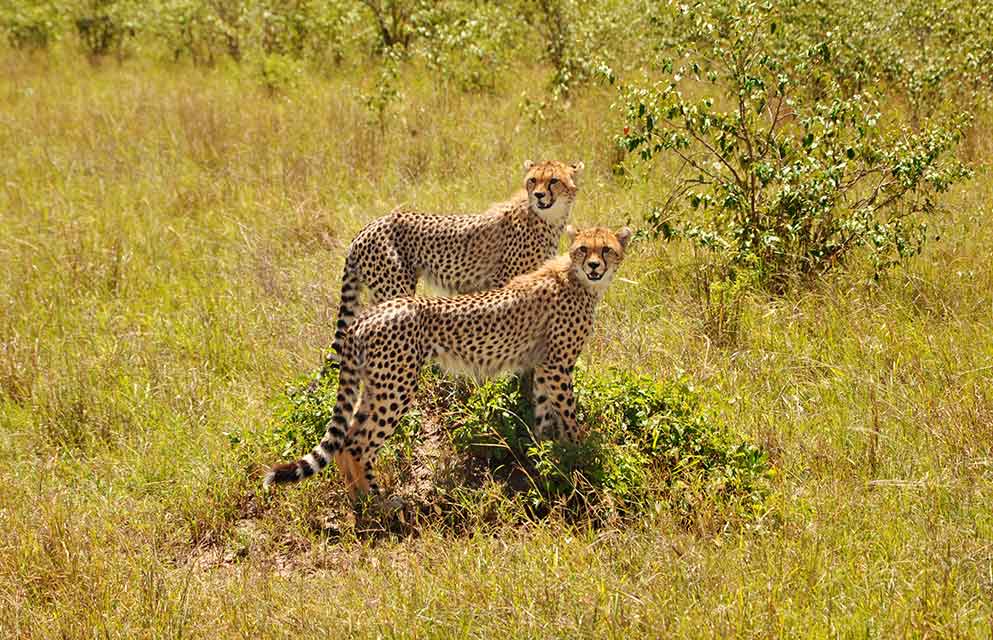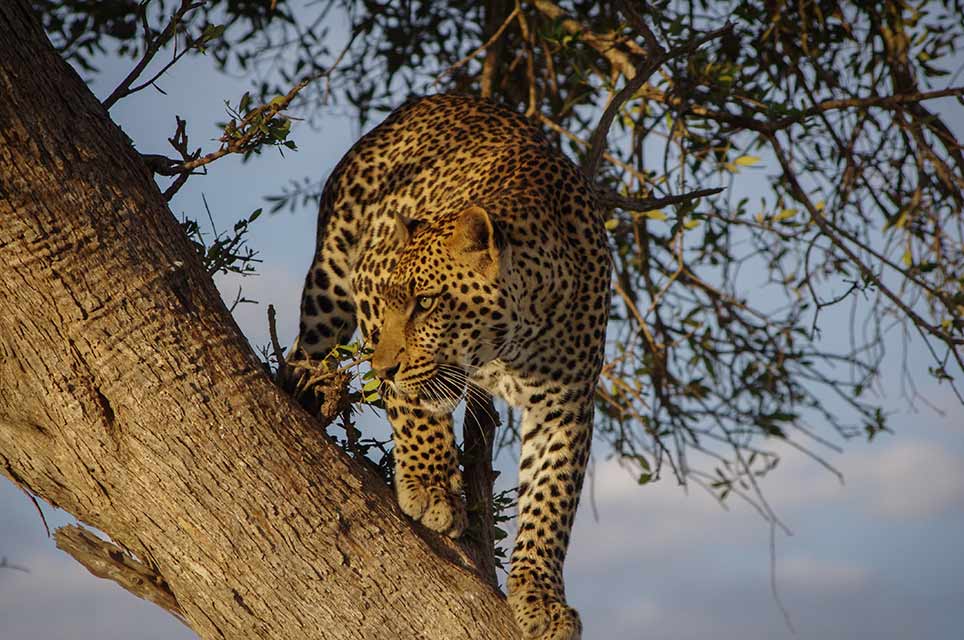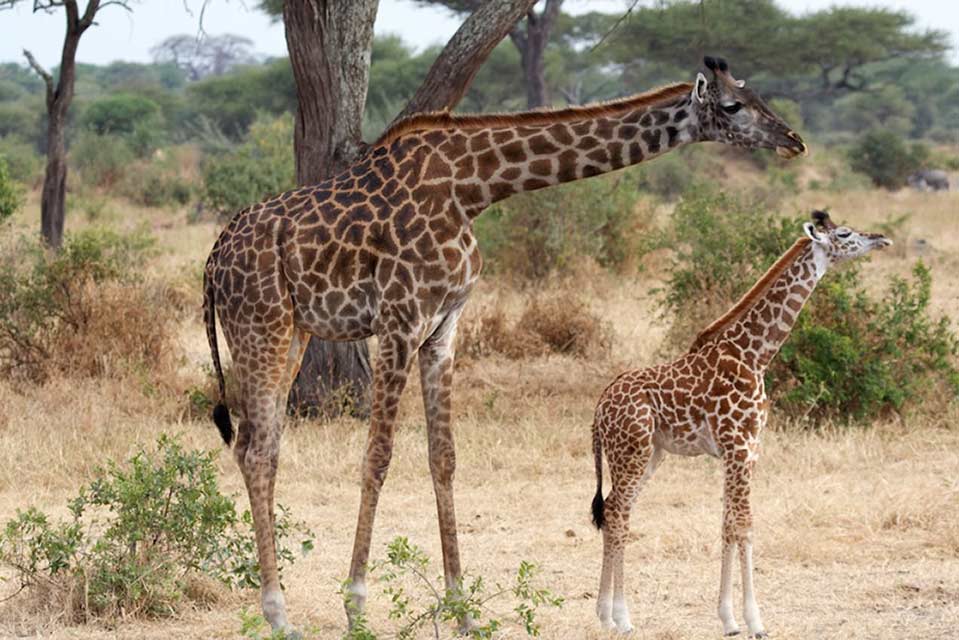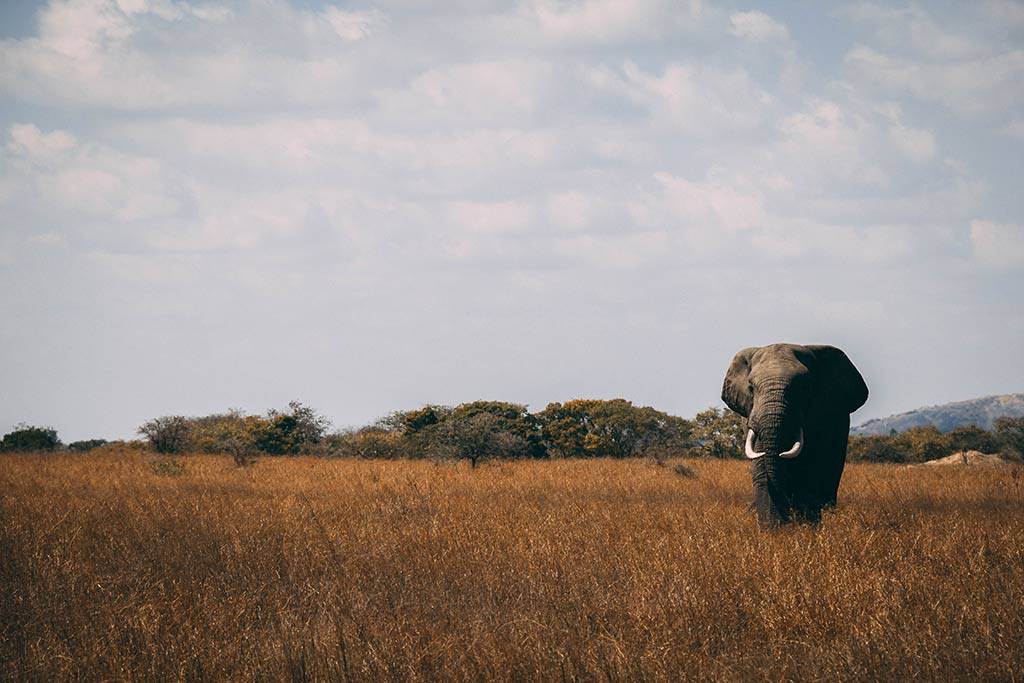Feb 2022 - Early Booking Essential
- Get In Touch: +27 (0)15 793 0079
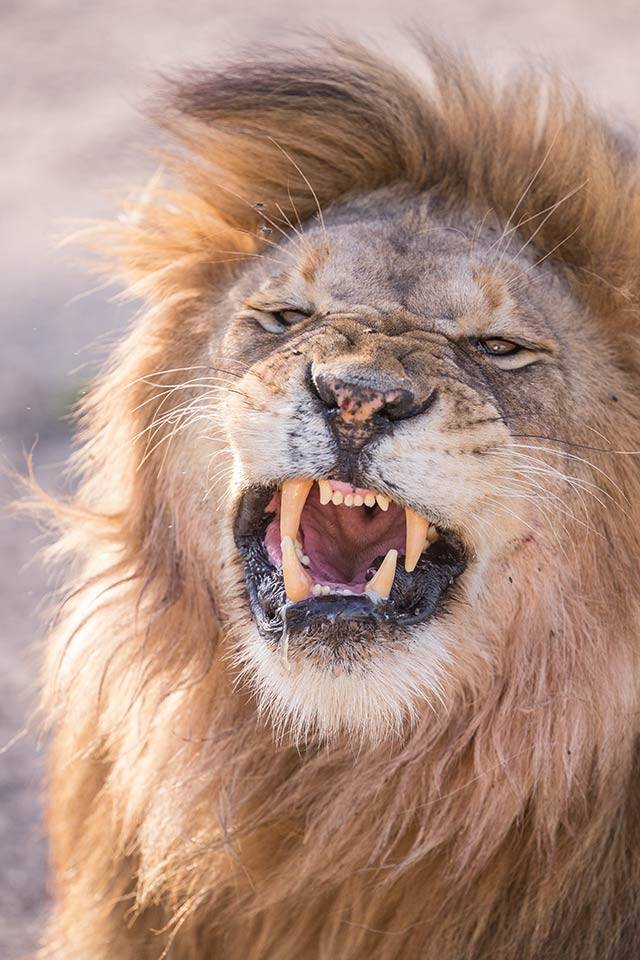
join And follow the herds
- 00Days
- 00Hours
- 00Minutes
- 00Seconds to the Tour
Safari in Tanzania
A safari in Tanzania, like South Africa, offers wildlife and nature loving travellers a world-class African safari experience; a wildlife safari combined with local culture, stunning landscapes and some of Africa’s most outstanding selection of Eco-Tourism lodges and camps, ensures a safari in Tanzania needs to be on everyones bucket list. But when is the best time to visit Tanzania?
There is little doubt that among the many jewels in Tanzania’s crown, a safari in Tanzania’s northern parks, the Serengeti and Ngorongoro Crater are the biggest draws for travellers. It is within one of these jewels, the Serengeti National Park, that our 8-day photo safari will be hosted. We have chosen to host this safari in Tanzania and in the Serengeti for one particular reason, to be able to witness and photograph one of the worlds largest animal migrations, a stage on which the ‘greatest wildlife show on earth’ plays out, with more than two million wildebeest, along with gazelle and plains zebra migrating towards better grazing areas. In fact, it’s possibly the greatest migration of animals to take place on planet earth; the great migration of Africa.
Great Migration of Africa
Seen as one of the 7 natural wonders of Africa, the Great Migration of Africa, often known as the ‘Wildebeest Migration’ is a bewildering sight for any naturalist and wildlife photographer to see and photograph. In February, we will have endless photographic opportunities for the wildlife photographer and countless animal encounters to see and experience.
As mentioned previously the great migration of Africa begins in January and February as the annual rains hit the Serengeti, triggering female Wildebeest to start giving birth, a time when “the circle of life” begins and often ends. With the calving period underway, it naturally follows that the large predators move into the area to shadow the herd. Lion, Cheetah, Leopard, as well as Hyena and Jackal, are all in abundance, while the female Wildebeest calf the carnivores prey is easy to find.
Best Times to Experience the Great Migration of Africa
A safari in Tanzania is a great way to see and experience the great migration of Africa, and dependant when you come you can experience certain things. As South Africa’s, Kruger Park Safaris, wildlife viewing in Serengeti National Park is good throughout the year, but certain areas are better at specific times of the year.
We have planned our photo safari in Tanzania in February (this is an excellent time to see predator action) as the annual rains start, it is the time Wildebeest females start their calving in the southern part of Serengeti around Ndutu. By March or April, the area has dried out and the great migration of Africa’s massive groupings of animals are forced to move northwards towards Lake Victoria and the Masai Mara game reserve in Kenya; so starts the Great Migration of Africa.
Safari in Tanzania
Please click on individual tabs below for more detailed information.
- Safari
- Itinerary
- Costs
- Country
- General
Tanzania Safari in the Serengeti
In February 2022 we shall embark on a private 8 day/7 nights photo safari to the Southern and Central Serengeti in Tanzania. Join us as Tony Sparkes hosts and leads a small private group from Arusha, Tanzania. We meet here before flying into the tented camp in wild Africa located in the Ndutu wildlife area in the northern part of the Ngorongoro Conservation Area in the Southern Serengeti.
Over several days, we shall move camps as we shadow the herd of over 2 million Blue Wildebeest and large herds of Zebra as they gradually start moving northwards towards Kenya and the Masai Mara.
TANZANIA PRIVATE PHOTO SAFARI – 8 DAYS /7 NIGHTS
WHAT TO EXPECT
TANZANIA PHOTO SAFARI
After our morning sessions, we will return to our camp for a late breakfast. After breakfast, we will have the opportunity to relax and/or discuss together our mornings photography/videography and the sightings we have seen. Perhaps discuss individually how best you can improve your photographic technique for the afternoon session.
On occasion, the camp chef will have prepared your breakfast and the guide will serve it “bush style” during the morning’s break in the bush. While in the Ndutu wilderness, we often return just after sunset to camp for a welcome sundowner (drink). There will be a campfire where we can meet to discuss the activities of the day and what is planned for the following day. We end the day with a wonderful meal in a spectacular setting.
As the mornings are cool in February, many of the nocturnal animals will still be out and about. Cheetah and lion will be hunting, along with the rarer African Wild Cat. Bat-eared Fox and Honey Badger could also still be out and about.
While the Ndutu wilderness has a vast variety of wildlife, it is also famous for its very large populations of gazelle, making it a prime hunting area for cheetah. The Serengeti plains scenery, especially the wildebeest migration spectacular, which will be all around you and as far into the distance as your eyes can see. This combined with a plethora of birds species in the area bodes well for a spectacular 8-day photographic safari.
OUR CAMPS
While on our photo safari we will be staying in 2 wilderness camps in the Ndutu Wilderness and Serengeti Central areas.
DAY 1 – ITINERARY
Arrive at Kilimanjaro International Airport where you will be met by one of our team and transferred to your hotel in Arusha. Tour briefing by Tony, dinner and overnight at the hotel.
DAY 2 ITINERARY
After breakfast, we will transfer to Arusha airport, where after we will fly into Ndutu wildlife area in the southern part of the Serengeti. We meet our local tour guides over a picnic lunch after which we will prepare for our first-afternoon game drive. During the afternoon game, we will break for a sundowner and then return early evening for dinner and overnight at the camp.
DAY 3-5 ITINERARY
Depart before sunrise on our morning game drive, return to camp for a late breakfast. Opportunities to discuss the morning’s activities and photography. Discuss the use of different settings and composition etc. Relax and lunch at the camp. After lunch, we prepare for our afternoons game drive returning only after sunset. We make the most of the stunning scenery whilst having a sundowner in the bush. Return for dinner and overnight at the camp.
DAY 6-7 ITINERARY
We depart camp after breakfast and take our picnic lunch as we head out on a mornings game drive and head for the central Serengeti, to an area called the Seronera one of the richest wildlife habitats in the whole park. We follow the huge herds of Wildebeest as we go along our way. Arriving at our second tented camp in time for lunch. After lunch we prepare for our afternoon game drive, returning in the early evening to a sundowner, dinner and overnight at the camp.
Set off before sunrise on the morning game drive, returning for lunch, relax around camp and prepare for the afternoon game drive returning early evening to a sundowner, dinner and overnight at the camp.
DAY 8 ITINERARY
Note: Day rooms and transport can be made available should you have evening departures. Please advise us at the time of booking.
COSTS & INCLUSIONS/EXCLUSIONS FOR THE PHOTO SAFARI IN TANZANIA
Tanzania Safari in the Serengeti
Prices:- From US$ P.O.A.
Prices are in ($) US dollars the exact price will be confirmed via invoice at the time of booking.
We can accept payment via International SWIFT transfer, Credit Card or Paypal
Note: This photo safari will run with a maximum of 6 guests only. Prices are dependent on the number of people (sharing and or single) who depart on this tour.
Please be advised:
This ‘Tanzania migration photo safari‘ will run in February 2025. Please contact us to receive further detailed information.
WHAT IS INCLUDED
- 8 days/7 nights in tented camps in the Serengeti National Park & Arusha Hotel
- Two game drives daily
- Full board accommodation and meals as specified in the itinerary
- All transfers (in Tanzania) including return internal flights between Arusha and the Serengeti
- Transportation – 4 x 4 safari vehicles throughout the tour
- Services of a local professional safari guide
- Services of a professional wildlife photographer
- All sightseeing and game viewing as per the itinerary
- All park fees
- All camping fees
- Government taxes and hotel levies
WHAT IS NOT INCLUDED
- International flights
- Visa’s
- Gratuities (Please allow between $US 5-10 a day or Tanzanian Shilling equivalent for the guide and the hotel or camp staff) if you wish to give anything. This should be paid in cash.
- Purchases of a personal nature
- Airport departure tax
- Alcoholic Beverages
- Laundry
- Telephone calls, emails, and fax.
TANZANIA
Tanzania is a country in eastern Africa and borders Uganda in the north (famous for its Gorilla Trekking Photo Safaris) Kenya to the northeast with Mozambique and Malawi in the south, Zambia to the south-west and the Democratic Republic of Congo, Rwanda and Burundi to the west. With a population estimated at about 56 million and over 100 different languages, with the national language being Swahili, although English is widely spoken. This makes Tanzania the most linguistically diverse country in East Africa.
The very first humans known lived in Tanzania over 6 million years ago with the oldest remains of the Homo genus found near Lake Olduvai in northern Tanzania. Today however Tanzania is home to two renowned tourism destinations – Africa’s highest mountain, Kilimanjaro, and wildlife-rich national parks such as the Serengeti.
CLIMATE
Climate varies greatly within Tanzania. In the highlands, temperatures range between 10 and 20 °C (50 and 68 °F) during cold and hot seasons respectively. The rest of the country has temperatures rarely falling lower than 20 °C (68 °F). The hottest period extends between November and February (25–31 °C or 77.0–87.8 °F) while the coldest period occurs between May and August (15–20 °C or 59–68 °F). Annual temperature is 20 °C (68.0 °F).
GENERAL INFORMATION – SERENGETI MIGRATION PHOTO SAFARI
NDUTU
The Ndutu wildlife area is located in the northwest region of the Ngorongoro Conservation area, this huge conservation area covers just over 8 000 km² with the Olduvai Gorge, forests, mountains and the vast plains of Ndutu stretching to the unfenced Serengeti. No doubt, Ndutu centre of attraction is the spectacular Ngorongoro Crater.
CENTRAL SERENGETI
Central Serengeti’s Seronera Valley is a game viewing mecca throughout the whole year. The central Serengeti has pretty impressive populations of gazelles and predators which remain even after the spectacular “wildebeest migration” and zebras have moved on. With an endless variety of landscapes, the diversity of wildlife of the Central Serengeti is phenomenal.
The central Serengeti’s Seronera Valley is volcanic in origin, with the terrain weathering over time to form very distinctive areas. The low hill ranges contain black clay pans, which support acacia trees where giraffe can be seen browsing. The central grasslands teem with varied herbivores including Eland, Impala, Buffalo, Topi, Hippo and their predators, Hyena, Lion, Leopard, Cheetah and other small cats.
OTHER GENERAL SAFARI INFORMATION
- It should be noted that the Ndutu wildlife area and the Serengeti National Park are located within in a Malaria area, guests are advised to seek medical advice from their own doctor in this respect.
- Please read our Safari Safety and Etiquette
WHAT TO BRING ON SAFARI
- Mornings and evenings in an open safari vehicle are cold to cool (even in the summer), bring a fleece and a windbreaker jacket
- Rain jacket, hat, cap or beanie
- Sunblock
- Binoculars
- Spare batteries for your camera
- Torch
- Camera/video camera & flash (for wildlife photography a 300 – 400mm lens is ideal but there are opportunities for wildlife images for all sizes of lenses.
Finally to ensure all guests who book travel destinations through us have a memorable experience we ask you to read and fully understand our Payment Terms and Conditions, Copyright & Disclaimer and Privacy Policy If you have any questions or queries please do not hesitate to contact us
Tanzania Safari Videos
Tanzania Photo Gallery
If required, click “Load More Images”
- Show All
- Wildlife
- Landscapes
- Accommodation
- African Wildlife Photography Tips - February 23, 2020
- Low Light Wildlife Photography - November 26, 2019
- Bonamanzi Game Reserve - November 21, 2019
